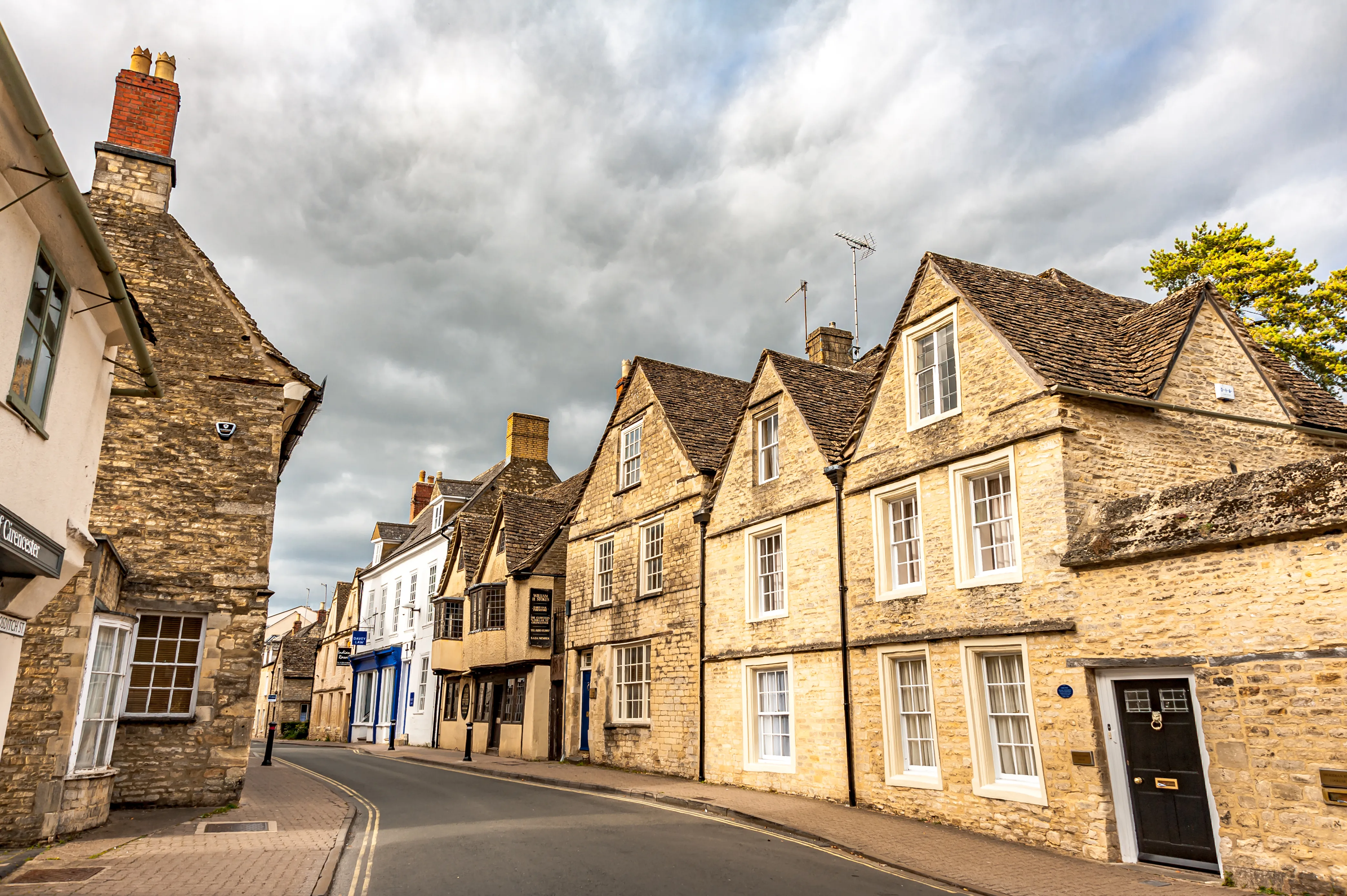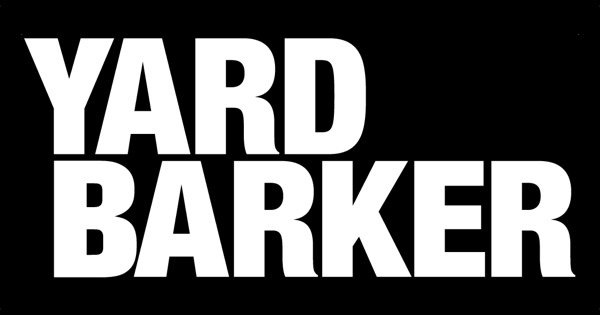Copyright metro

The proposed village will be located south of Cirencester (Picture: Getty Images) The Cotswolds is on the cusp of a transformation, as the Cotswold District Council unveils ambitious proposals to build nearly 15,000 new homes by 2043. This substantial increase in housing provision includes a new village near Driffield, close to Cirencester, and expansions to several existing settlements. The plans are part of a response to sharply increased national housing targets, and have triggered concern among local residents about the potential impact on the rural character and historic landscape of the area. The draft plan outlines an obligation to deliver 14,660 new homes over the next 20 years — and the number of homes the council needs to plan for each year has more than doubled to 1,036. This escalation reflects the UK government’s national plan to build 1.5 million homes during the current parliamentary term, a target that has major implications for districts such as the Cotswolds. The proposed new village near Driffield forms a key part of this housing strategy, alongside plans for inward growth at locations including Kemble, Ampney Crucis, Preston, Siddington, Fairford, Moreton-in-Marsh and Cirencester. Driffield is located roughly five miles from Cirencester (Picture: Google Maps) The village is one of several proposed developments in the area (Picture: Google Maps) Smaller developments across other towns and villages are also being considered to help distribute growth across the area. For instance, a development in Down Ampney near Cirencester is currently underway, featuring 13 affordable, energy-efficient homes. This scheme integrates biodiversity initiatives such as wildflower meadows and additional tree planting, setting a benchmark for environmentally sensitive housing in the region. But the council’s dedication to balancing housing delivery with environmental sensitivity was demonstrated by its unanimous rejection in September 2025 of a proposal for 30 homes in Chipping Campden. The council rejected a proposal for 30 homes in Chipping Campden (Picture: Getty Images) The council cited the development’s significant harm to the Cotswolds National Landscape and the absence of required legal agreements. And despite the acknowledged need for more homes, local leaders and community members have voiced apprehension about both the scale and implications of future expansions. Council leader Mike Evemy described the targets as ‘a really tough hand’ to play, underlining that over 80% of the district lies within protected National Landscape, a designation that severely limits areas available for development. Opposition leader Tom Stowe criticised what he called the government’s ‘ill-thought out, poorly executed’ approach, warning that the proposed volume of housing risked ‘irreversibly changing’ rural communities. The council and the public are worried about preserving the Cotswolds’ heritage and character (Picture: Getty Images) Public discussion on forums such as Reddit’s r/Cotswolds echoes these concerns. One user wrote: ‘On paper, more housing sounds good, but a lot of people are worried what this means for the character of the area.’ They expressed concerns that listed buildings could lose their historic setting once they’re boxed in by modern estates and that more traffic, noise, and pollution will spill into ‘what should remain part of the quiet Cotswold landscape’. They added: ‘The Cotswolds’ character isn’t something you can rebuild once it’s gone.’ New here? Sign up for The Key newsletter Hello! I’m Rachel Moss, Metro’s lifestyle editor. Whether you’re renting, buying, or just dreaming, our weekly property newsletter is packed with expert tips, housing hacks, and the best (and most bonkers) homes on the market. My team bring you the latest in property, travel, money and much more Recently, we wrote about a women-only commune, why London’s fanciest houses are opening their doors to visitors and buying a home through shared ownership. Sign up now. In response to these pressures, the council has formally urged the government to reconsider what it describes as ‘disproportionate and unsustainable’ housing targets. The council is undertaking a rapid update of its local plan, with completion targeted for the end of 2026. This process, budgeted at over £1.1 million, aims to balance housing delivery with environmental and heritage protections. Meanwhile, to prevent escalating pressures in the short term, the council has requested that annual housing target increases be paused until the updated local plan is in place, citing the district’s unique constraints. Public consultation on potential development sites will commence in November, providing a platform for community involvement in shaping the area’s future. Do you have a story to share? Get in touch by emailing MetroLifestyleTeam@Metro.co.uk.



